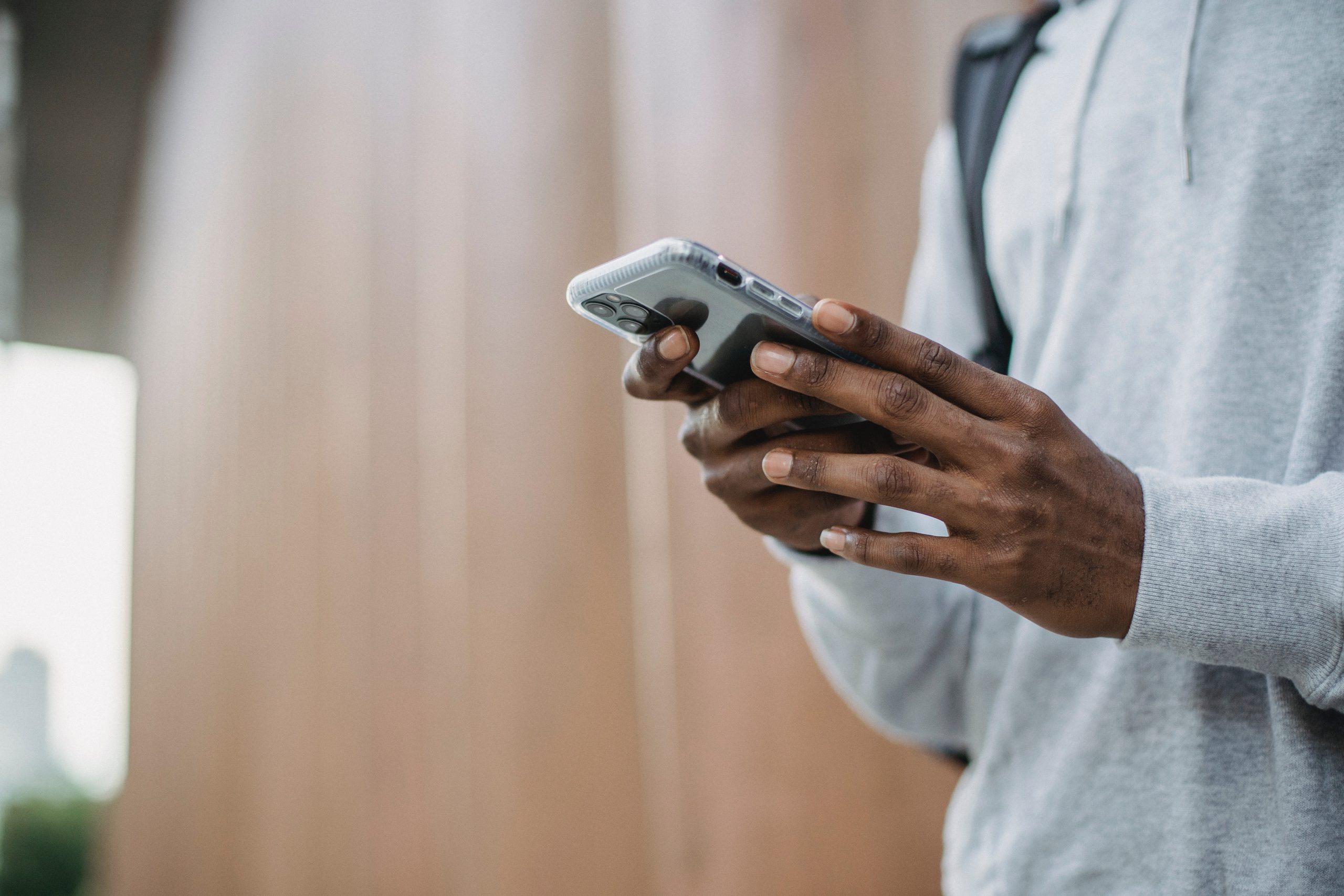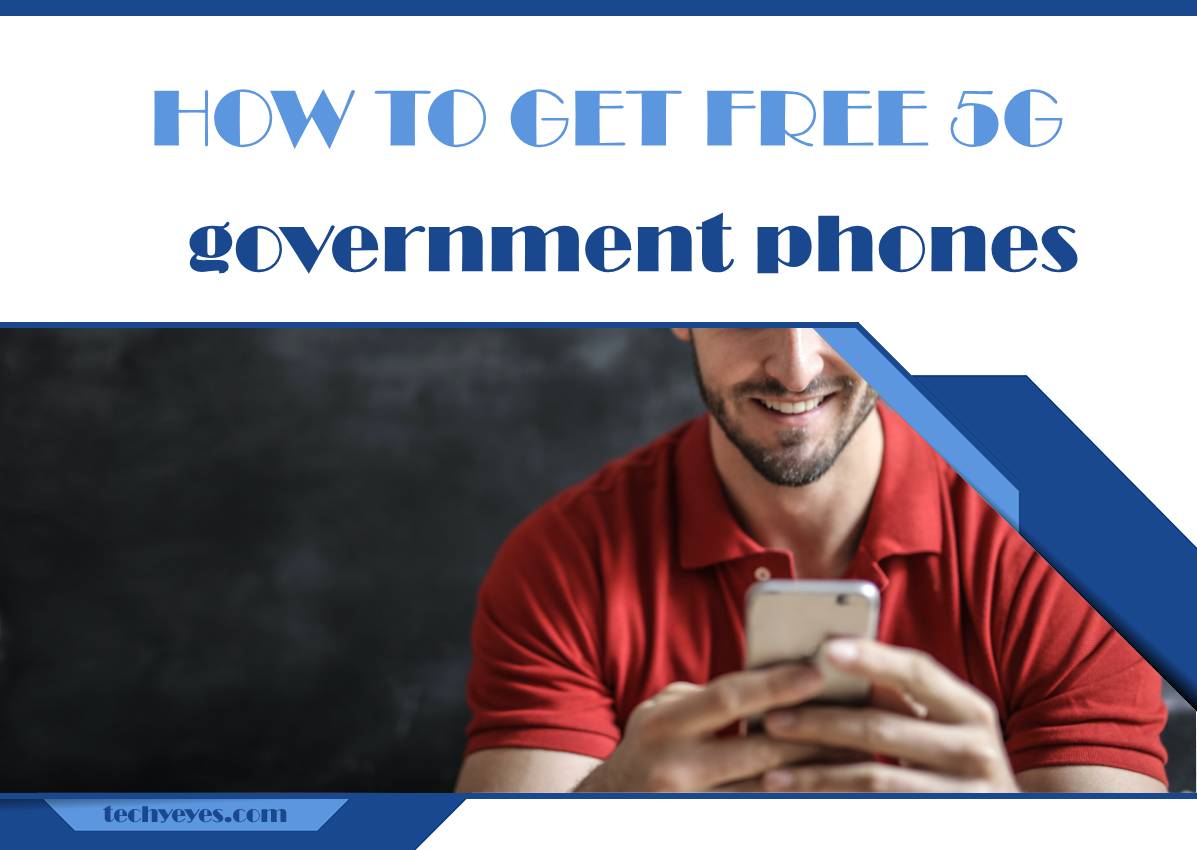In an era where connectivity is a necessity, the availability of free government phones, especially those equipped with 5G capabilities, is a significant boon for individuals seeking affordable access to communication services. This article serves as a comprehensive guide on how to obtain free 5G government phones, covering eligibility criteria, application processes, and potential providers.

Understanding the Lifeline Assistance Program
The initiative that facilitates the distribution of free government phones is often linked to the Lifeline Assistance Program. This program, established by the Federal Communications Commission (FCC), aims to ensure that low-income individuals have access to essential communication services. While the Lifeline program initially focused on providing discounted landline services, it has evolved to include mobile phones, with some offering advanced features like 5G connectivity.
Eligibility Criteria
To qualify for a free government phone through the Lifeline Assistance Program, individuals must meet specific eligibility criteria. While criteria can vary slightly by state and provider, common requirements include participation in one of the following government assistance programs:
1. Medicaid
2. Supplemental Nutrition Assistance Program (SNAP)
3. Supplemental Security Income (SSI)
4. Federal Public Housing Assistance (FPHA)
5. Veterans Pension and Survivors Benefit
Additionally, individuals may qualify based on their household income, which must be at or below 135% of the federal poverty guidelines. It’s essential to check with specific providers or the Universal Service Administrative Company (USAC), which administers the Lifeline program, for the most accurate and up-to-date eligibility information.
Steps to Get a Free 5G Government Phone
1. Check Eligibility
Verify your eligibility for the Lifeline Assistance Program based on participation in qualifying government assistance programs or meeting income requirements.
2. Select a Lifeline Provider
Choose a Lifeline service provider that offers free 5G government phones. Numerous companies participate in the program, and each may have varying phone models and coverage areas.
3. Apply Online or by Mail
Most Lifeline providers allow applicants to apply online through their websites. Alternatively, individuals can request a paper application by contacting the provider directly. Provide accurate and truthful information during the application process.
4. Submit Required Documentation
Along with the application, applicants may need to submit proof of eligibility, such as documents confirming participation in government assistance programs or income verification. This documentation ensures compliance with Lifeline program requirements.
5. Wait for Approval
After submitting the application and required documentation, applicants must wait for approval from the Lifeline service provider. Approval timelines may vary, but providers typically aim to process applications promptly.
6. Receive Your Free 5G Government Phone
Once approved, individuals will receive their free 5G government phone along with instructions on how to activate and use the device.

Popular Lifeline Service Providers
Several Lifeline service providers offer free government phones with 5G capabilities. Some notable options include:
1. Assurance Wireless: Assurance Wireless is a widely recognized Lifeline provider offering a variety of free phones, including those with 5G capabilities. The company operates in various states, providing essential communication services to eligible individuals.
2. SafeLink Wireless: SafeLink Wireless, a subsidiary of TracFone, is another prominent Lifeline service provider. It offers free 5G government phones and monthly plans to eligible participants.
3. Q Link Wireless: Q Link Wireless provides Lifeline services in multiple states, offering free smartphones with 5G support to qualifying individuals. The company emphasizes simplicity and convenience in its offerings.
4. Access Wireless: Access Wireless is known for its commitment to providing affordable communication solutions to low-income individuals. The company offers a range of free government phones, some of which support 5G connectivity.
Considerations and Tips
1. Check Coverage Areas
Before choosing a Lifeline service provider, check the coverage areas to ensure that the service is available in your location. Different providers may have varying coverage, and it’s essential to select one that aligns with your needs.
2. Explore Phone Models
Lifeline providers offer a selection of phone models, including those with 5G capabilities. Explore the available options to choose a device that meets your preferences and requirements.
3. Stay Informed
The Lifeline Assistance Program and participating providers may undergo changes or updates. Stay informed about any adjustments to eligibility criteria, documentation requirements, or available services.
4. Take Advantage of Additional Services
Some Lifeline providers may offer additional services beyond free government phones, such as discounted plans, extra data, or text and talk features. Explore these offerings to maximize the benefits of the program.
The availability of free 5G government phones through the Lifeline Assistance Program is a crucial step in ensuring that all individuals, regardless of their financial situation, have access to essential communication services. By understanding the eligibility criteria, choosing a suitable Lifeline provider, and following the application process, eligible individuals can bridge the connectivity gap and enjoy the advantages of 5G technology. This comprehensive guide empowers individuals to navigate the process of obtaining a free government phone, fostering increased connectivity and communication for those who need it most.

